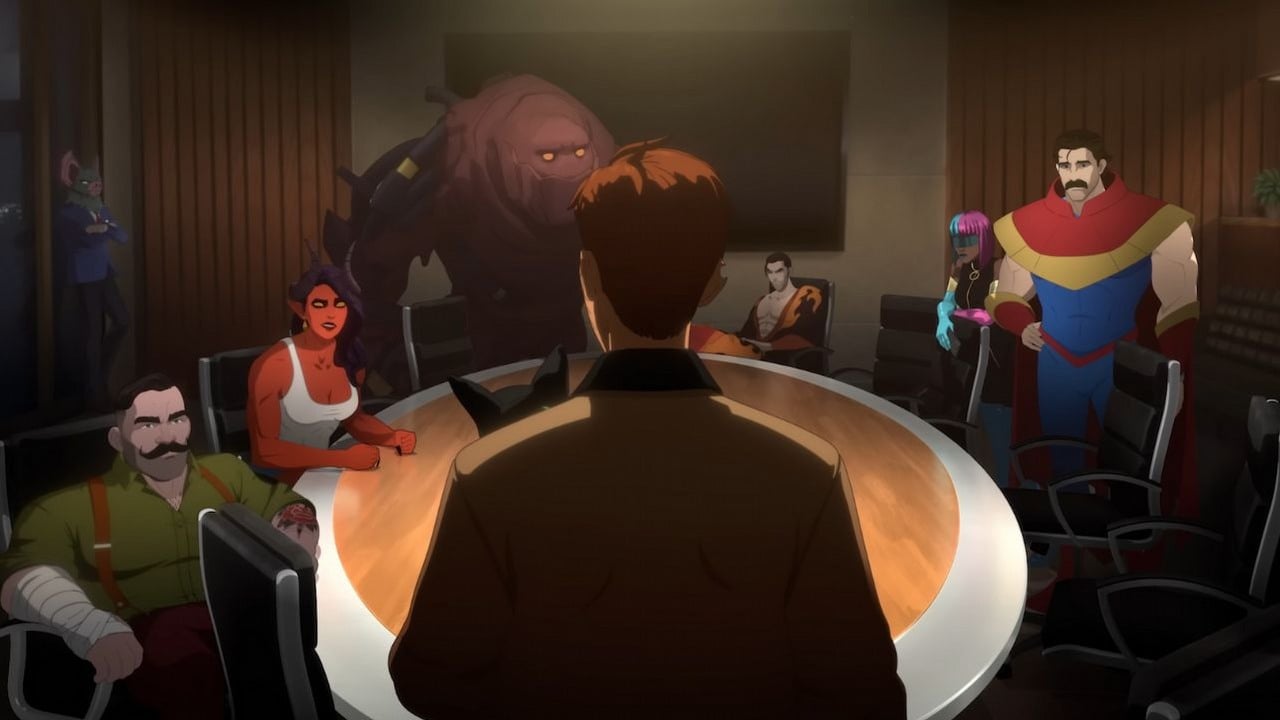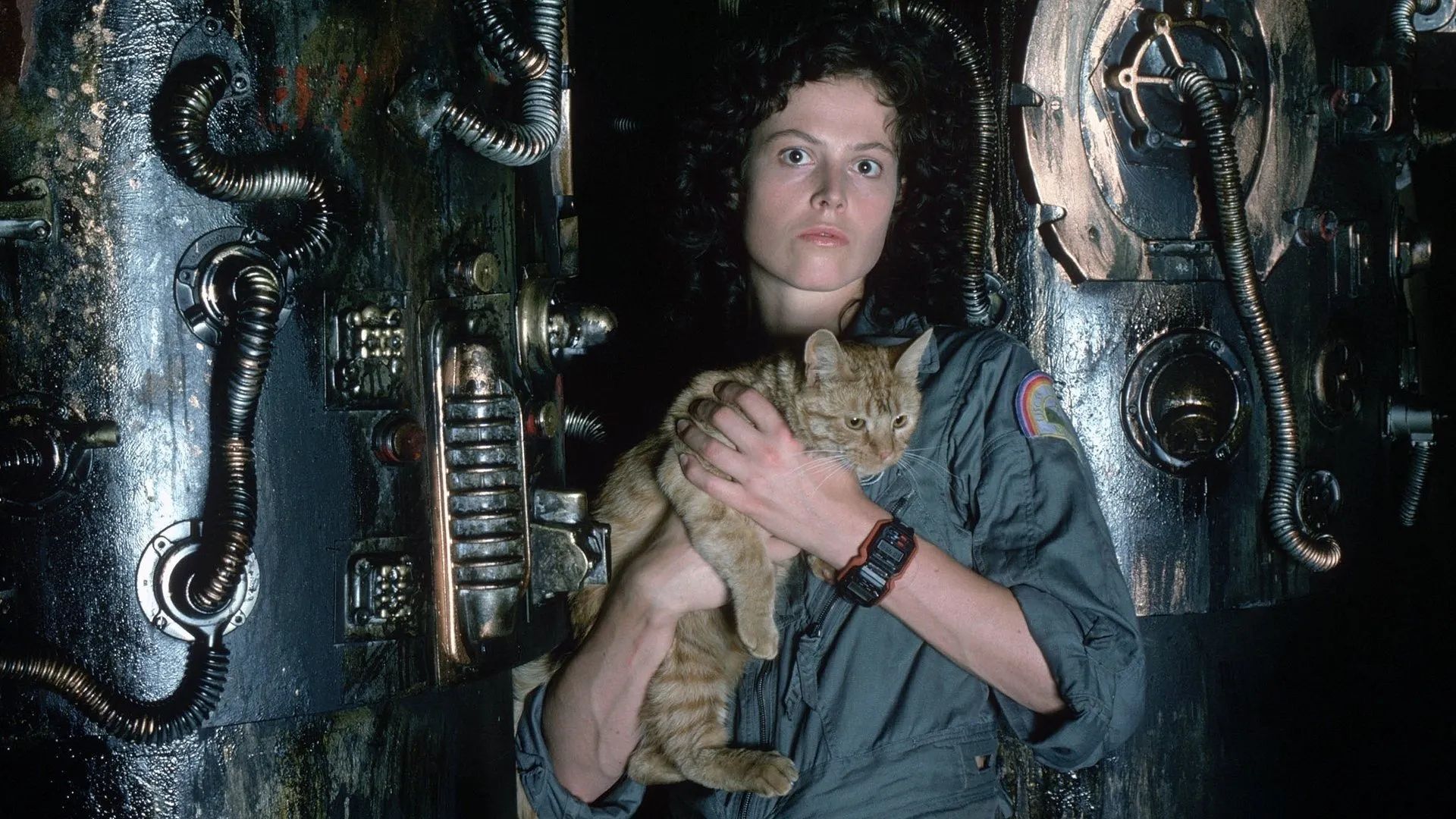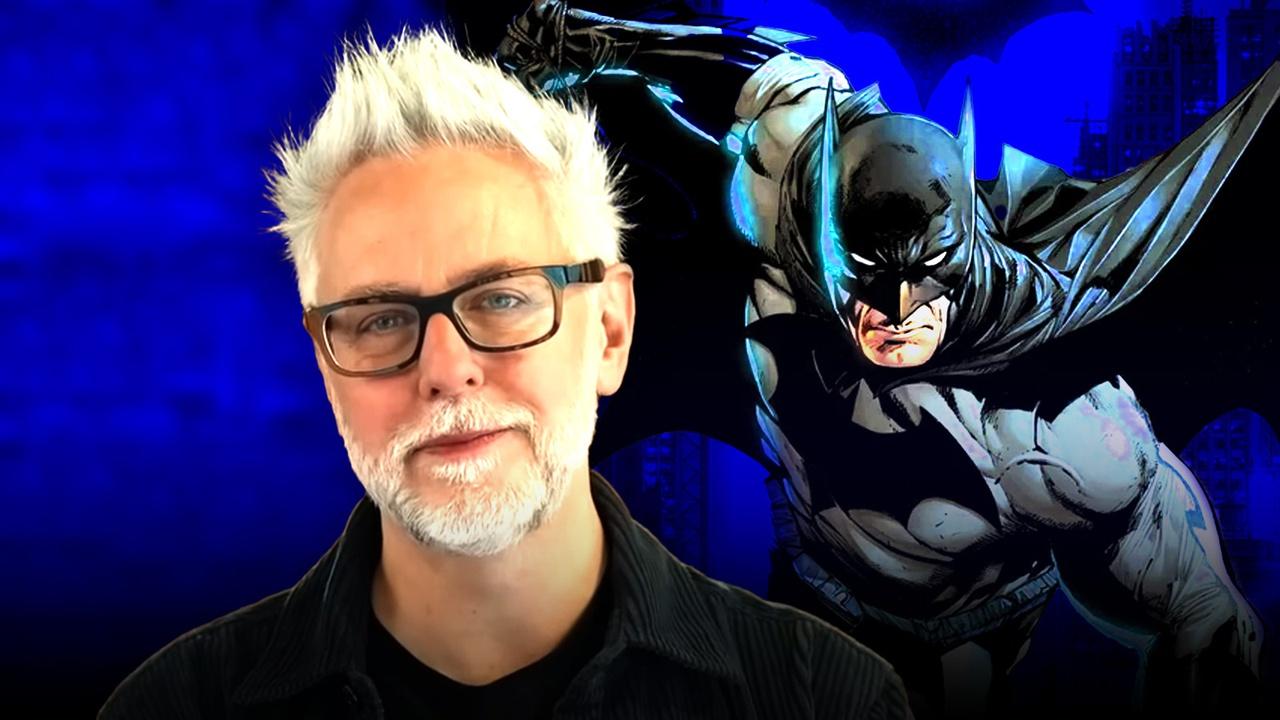Will there be a Dispatch season 2? Developers are considering it and fans are happy

It’s tricky for creators to follow up a hit. Viewers often get concerned when a studio quickly announces a sequel or another season, fearing it’s just an attempt to profit from the original’s popularity. So, fans were pleased to see that AdHoc Studios is being careful about a potential second season. While they are thinking about it, nothing is official yet. This measured approach shows the studio isn’t rushing things, and fans appreciate that they’re taking the time to make the best choice.







